Improve Your Flexibility and Mobility | Before Exercise
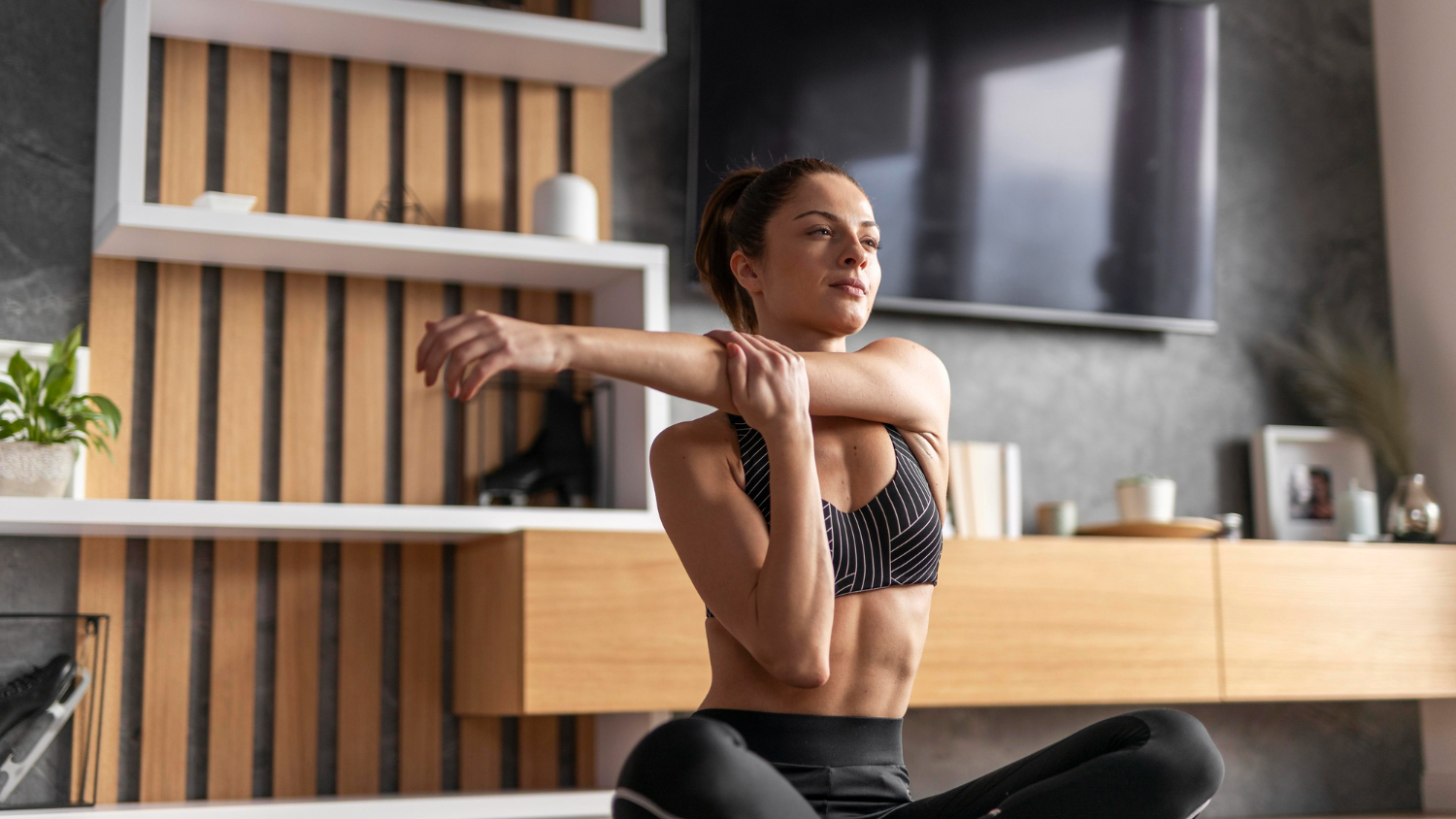
Flexibility and mobility are often overlooked in fitness routines, yet they play a vital role in performance, injury prevention, and overall well-being. While flexibility is the ability of your muscles to stretch, mobility refers to how well your joints move through their full range of motion. Together, they help you move more freely, reduce stiffness, and perform daily tasks and athletic activities with ease.
If you’ve been feeling tight, restricted, or just want to move better, here are practical strategies to improve both your flexibility and mobility:
1. Warm Up Before Stretching
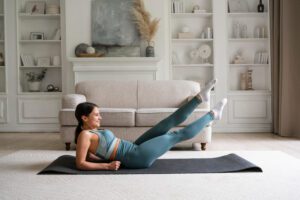
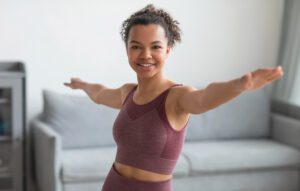

Cold muscles are more prone to injury, so always start with a dynamic warm-up. Try light cardio (like jogging or jumping jacks) or dynamic movements such as leg swings, arm circles, and hip rotations. This increases blood flow, prepares your body for movement, and makes stretching more effective.
2. Incorporate Dynamic Stretching

Dynamic stretches—controlled, active movements—are great for improving mobility. Examples include walking lunges, torso twists, or inchworms. These movements prepare your joints and muscles for activity and help improve range of motion over time.
3. Add Static Stretching

Static stretching involves holding a position for 20–60 seconds to lengthen muscles. It’s most effective after workouts, when your muscles are warm. Focus on major muscle groups like hamstrings, quadriceps, calves, chest, and shoulders. Consistent static stretching helps increase flexibility gradually.
4. Try Foam Rolling and Self-Myofascial Release
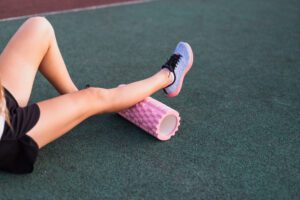
Tight muscles and fascia can limit mobility. Foam rolling or using massage balls can release tension and improve circulation. Spend a few minutes rolling out common tight areas like calves, quads, hips, and back.
5. Strengthen Through Full Range of Motion

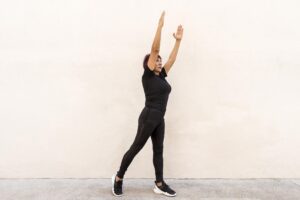
Flexibility isn’t just about stretching—strength matters too. Performing strength exercises through a full range of motion (like deep squats, overhead presses, or Romanian deadlifts) helps your muscles adapt to extended positions, improving both stability and mobility.
6. Practice Yoga or Pilates
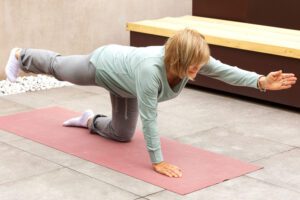
Yoga and Pilates are excellent for developing flexibility, mobility, and body awareness. They combine stretching, strengthening, and controlled breathing, which can help release tension while building functional movement patterns.
7. Stay Consistent
Flexibility and mobility don’t improve overnight—it takes consistent practice. Aim for at least 10–15 minutes of stretching or mobility work most days of the week. Over time, you’ll notice smoother movement, less stiffness, and greater ease in both workouts and daily life.
8. Listen to Your Body
Never force a stretch or movement. Progress gradually, and avoid bouncing during stretches, which can lead to injury. Everyone’s body is different—focus on your own improvements rather than comparison.
Final Thoughts
Improving flexibility and mobility is about more than touching your toes—it’s about creating a body that moves efficiently, feels good, and stays healthy over time. By combining stretching, mobility exercises, strength training, and consistency, you can enhance performance, prevent injuries, and enjoy a greater sense of physical freedom.
